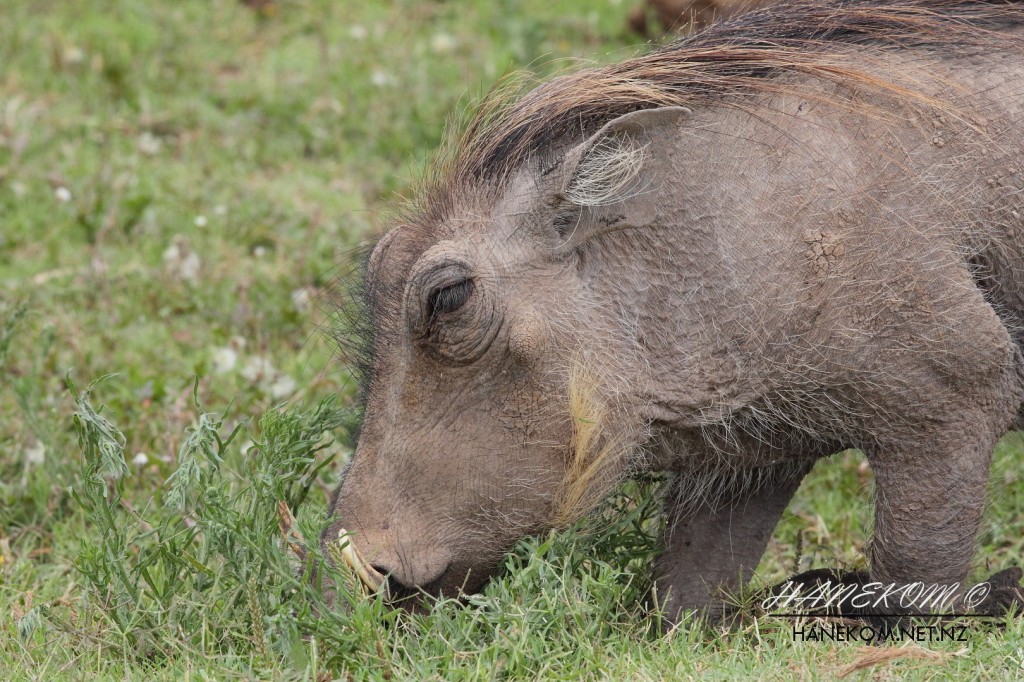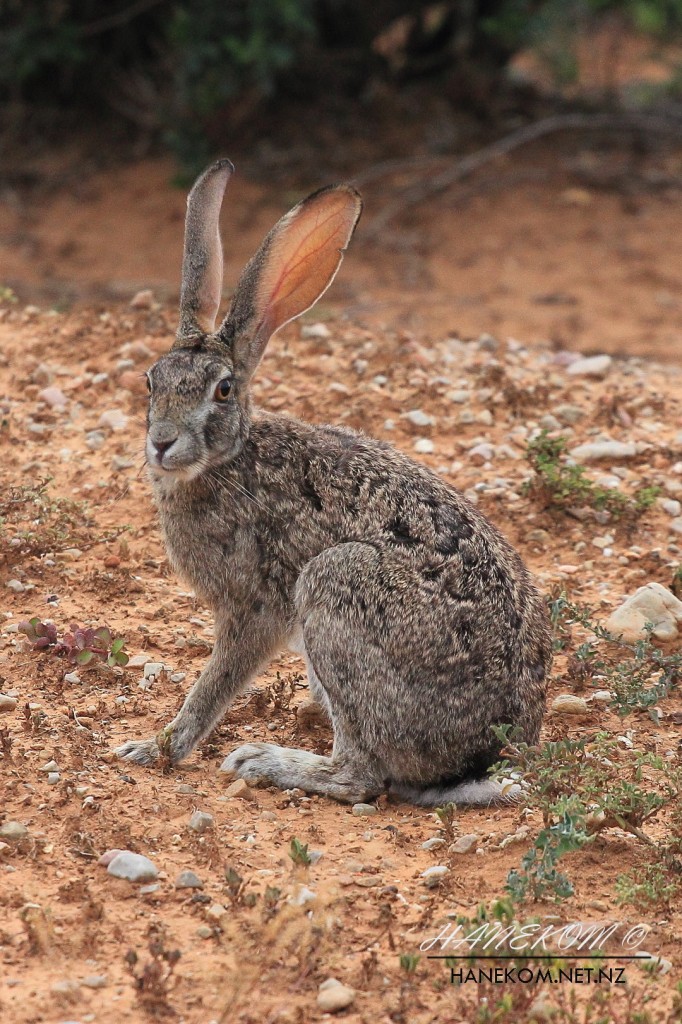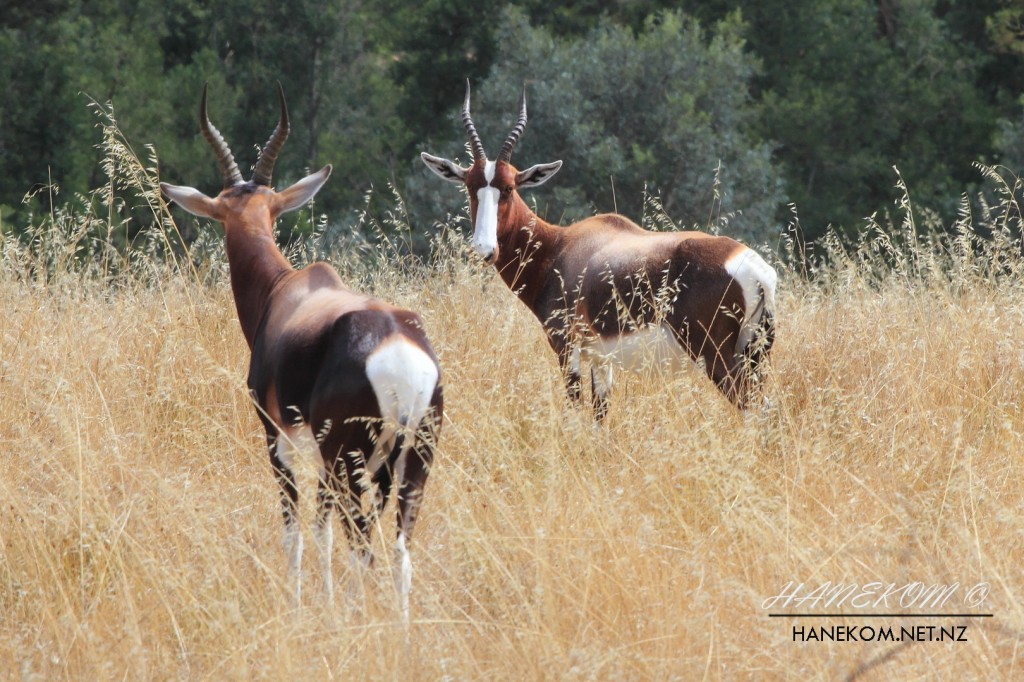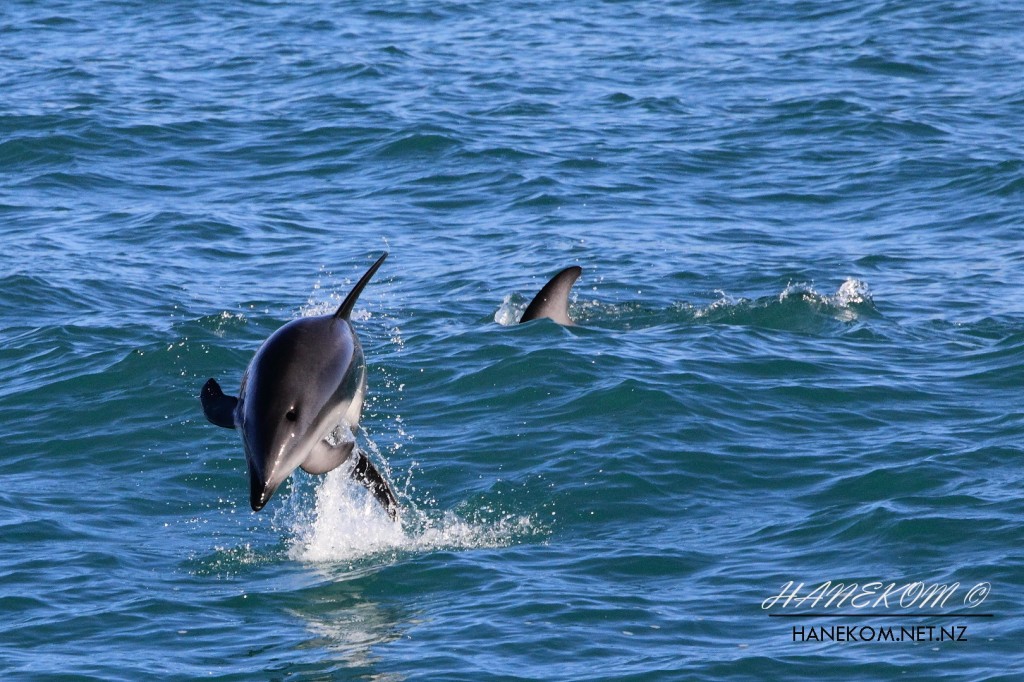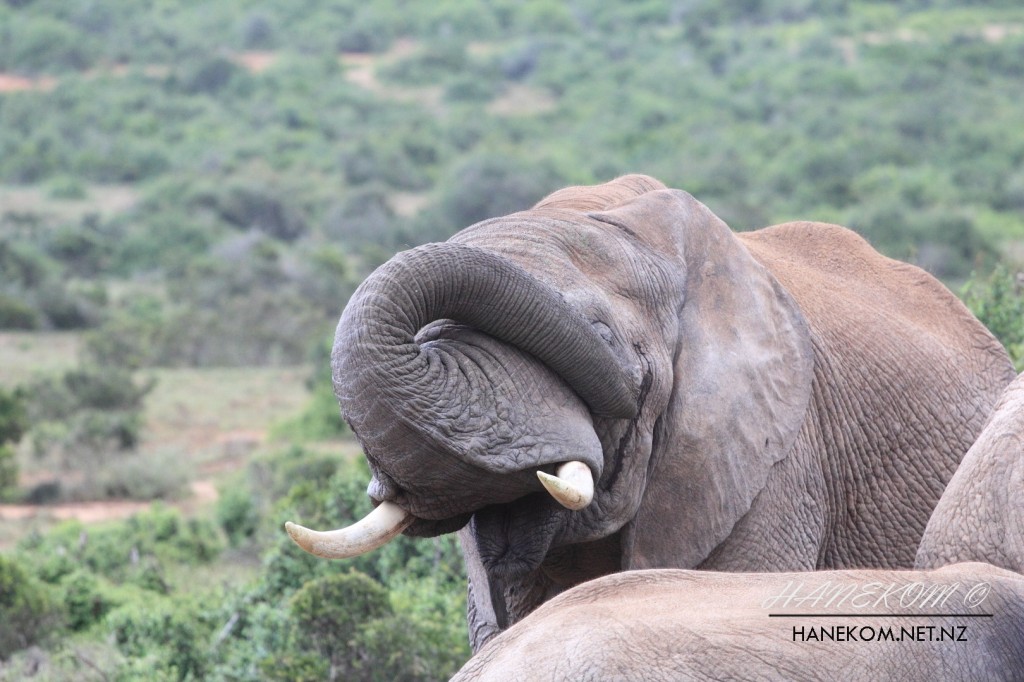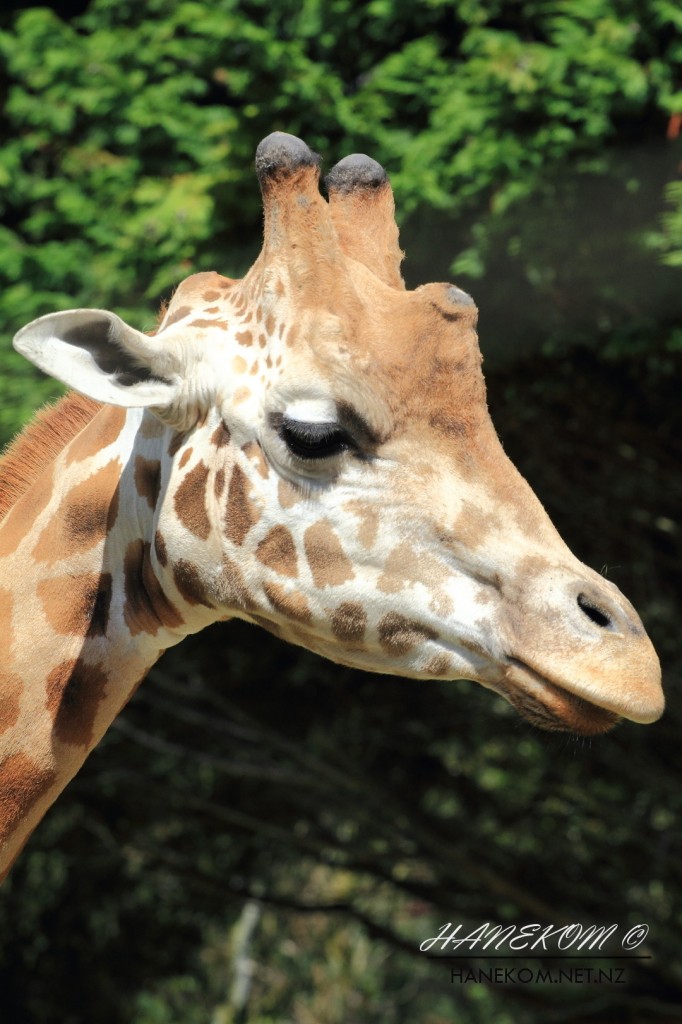The Cotton Top Tamarin (Saguinus oedipus) live in small social groups of between two and thirteen individuals.
In this group there is a single dominant monogamous breeding pair. The dominant female uses pheromones to inhibit the reproductive cycle of the other females in the group.
Although all the offspring belongs to a single pair, care for the young seems to be a responsibility shared by the whole group.
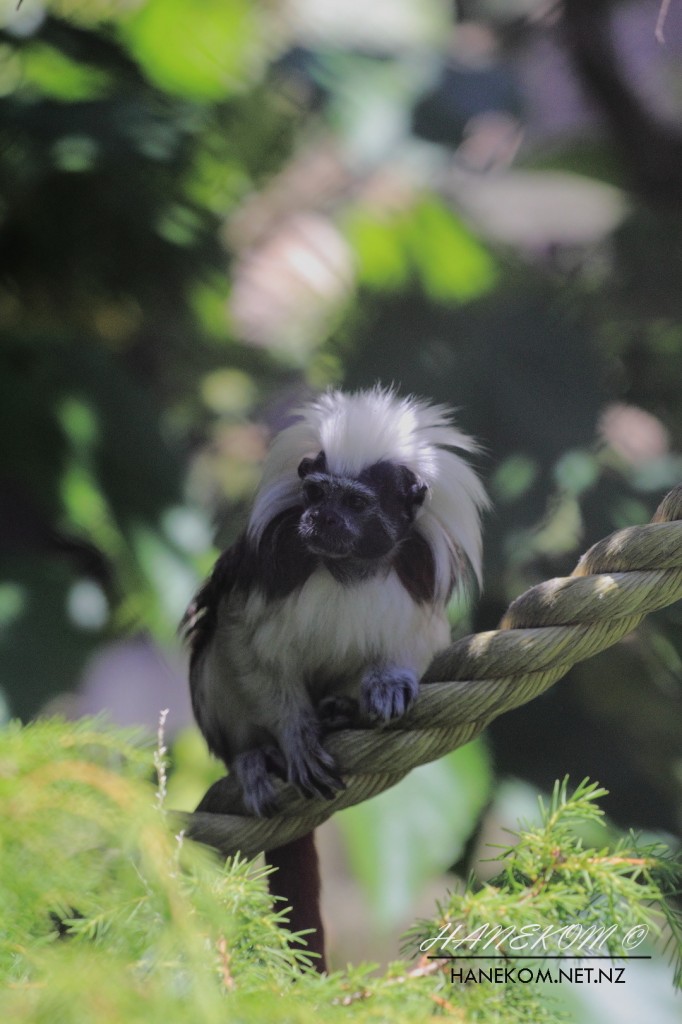
(#68 of 100)
